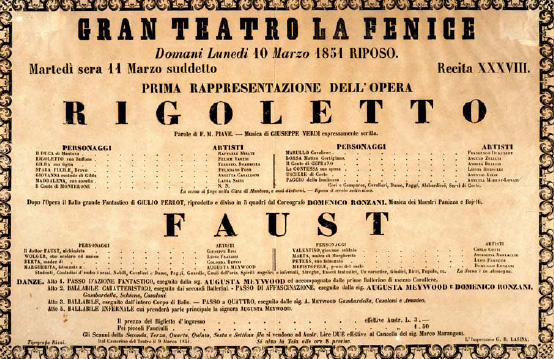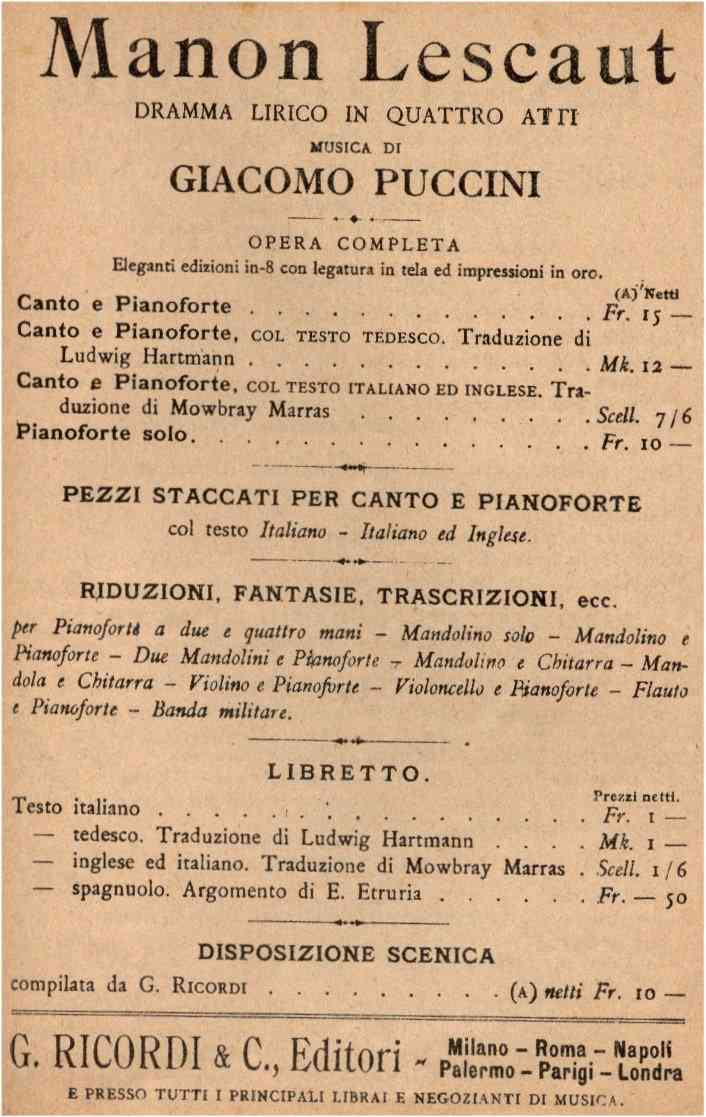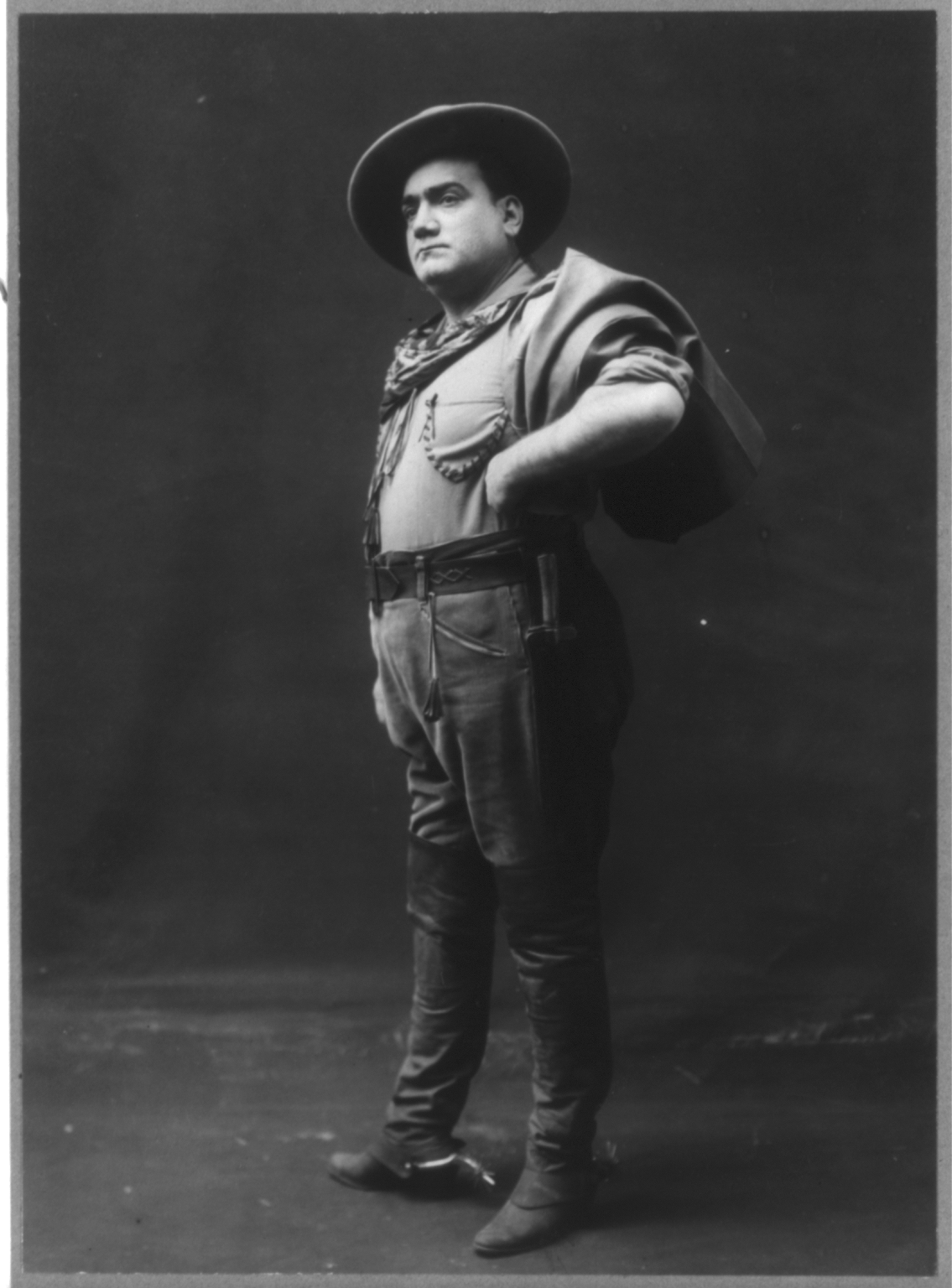|
Carlo Bergonzi (tenor)
Carlo Bergonzi (13 July 1924 – 25 July 2014) was an Italian operatic tenor. Although he performed and recorded some bel canto and verismo roles, he was above all associated with the operas of Giuseppe Verdi, including many of the composer's lesser known works he helped revive. He sang more than forty other roles throughout his career. Biography Early life Bergonzi was born in Polesine Parmense, near Parma in Northern Italy, on 13 July 1924. He was an only child."Carlo-Bergonzi-obituary" ''The Telegraph'' (London), 27 July 2014 on telegraph.co.uk He later claimed he saw his first opera, Verdi’s '''', when he was six years old. He sang in church, and so ... [...More Info...] [...Related Items...] OR: [Wikipedia] [Google] [Baidu] |
Opera
Opera is a form of theatre in which music is a fundamental component and dramatic roles are taken by singers. Such a "work" (the literal translation of the Italian word "opera") is typically a collaboration between a composer and a librettist and incorporates a number of the performing arts, such as acting, scenery, costume, and sometimes dance or ballet. The performance is typically given in an opera house, accompanied by an orchestra or smaller musical ensemble, which since the early 19th century has been led by a conductor. Although musical theatre is closely related to opera, the two are considered to be distinct from one another. Opera is a key part of the Western classical music tradition. Originally understood as an entirely sung piece, in contrast to a play with songs, opera has come to include numerous genres, including some that include spoken dialogue such as '' Singspiel'' and '' Opéra comique''. In traditional number opera, singers employ two st ... [...More Info...] [...Related Items...] OR: [Wikipedia] [Google] [Baidu] |
Don Pasquale
''Don Pasquale'' () is an opera buffa, or comic opera, in three acts by Gaetano Donizetti with an Italian libretto completed largely by Giovanni Ruffini as well as the composer. It was based on a libretto by Angelo Anelli for Stefano Pavesi's opera '' Ser Marcantonio'' written in 1810 but, on the published libretto, the author appears as "M.A." Donizetti so dominated the preparation of the libretto that Ruffini refused to allow his name to be put on the score. This resulted in confusion over the identity of the librettist for more than half a century, but as Herbert Weinstock establishes, it was largely Ruffini's work and, in withholding his name from it as librettist, "Donizetti or is assistantAccursi may have thought that, lacking Ruffini's name, the authorship might as well be assigned to Accursi's initials as to a pseudonym". The opera was first performed on 3 January 1843 by the Théâtre-Italien at the Salle Ventadour in Paris with great success and it is generally ... [...More Info...] [...Related Items...] OR: [Wikipedia] [Google] [Baidu] |
La Traviata
''La traviata'' (; ''The Fallen Woman'') is an opera in three acts by Giuseppe Verdi set to an Italian libretto by Francesco Maria Piave. It is based on '' La Dame aux camélias'' (1852), a play by Alexandre Dumas ''fils'' adapted from his own 1848 novel. The opera was originally titled ''Violetta'', after the main character. It was first performed on 6 March 1853 at La Fenice opera house in Venice. Piave and Verdi wanted to follow Dumas in giving the opera a contemporary setting, but the authorities at La Fenice insisted that it be set in the past, "c. 1700". It was not until the 1880s that the composer's and librettist's original wishes were carried out and " realistic" productions were staged. ''La traviata'' has become immensely popular and is among the most frequently performed of all operas. Composition history For Verdi, the years 1851 to 1853 were filled with operatic activity. First, he had agreed with the librettist Salvadore Cammarano on a subject for what ... [...More Info...] [...Related Items...] OR: [Wikipedia] [Google] [Baidu] |
Rigoletto
''Rigoletto'' is an opera in three acts by Giuseppe Verdi. The Italian libretto was written by Francesco Maria Piave based on the 1832 play '' Le roi s'amuse'' by Victor Hugo. Despite serious initial problems with the Austrian censors who had control over northern Italian theatres at the time, the opera had a triumphant premiere at La Fenice in Venice on 11 March 1851. The work, Verdi's sixteenth in the genre, is widely considered to be the first of the operatic masterpieces of Verdi's middle-to-late career. Its tragic story revolves around the licentious Duke of Mantua, his hunch-backed court jester Rigoletto, and Rigoletto's daughter Gilda. The opera's original title, ''La maledizione'' (The Curse), refers to a curse placed on both the Duke and Rigoletto by a courtier whose daughter the Duke has seduced with Rigoletto's encouragement. The curse comes to fruition when Gilda falls in love with the Duke and sacrifices her life to save him from the assassin hired by her father. C ... [...More Info...] [...Related Items...] OR: [Wikipedia] [Google] [Baidu] |
Mignon
''Mignon'' is an 1866 ''opéra comique'' (or opera in its second version) in three acts by Ambroise Thomas. The original French libretto was by Jules Barbier and Michel Carré, based on Goethe's 1795-96 novel '' Wilhelm Meisters Lehrjahre''. The Italian version was translated by Giuseppe Zaffira. The opera is mentioned in James Joyce's " The Dead" ('' Dubliners'') and Willa Cather's '' The Professor's House''. Thomas's goddaughter Mignon Nevada was named after the main character. Performance history The first performance was at the Opéra-Comique in Paris on 17 November 1866. The piece proved popular: more than 100 performances took place by the following July, the 1,000th was given there on 13 May 1894, and the 1,500th on 25 May 1919. The opera was also adapted and translated into German for performance in Berlin with Madame Lucca as Mignon. Lucca was well received, but the German critics were unhappy with the opera's alterations to the Goethe original, so Thomas composed ... [...More Info...] [...Related Items...] OR: [Wikipedia] [Google] [Baidu] |
Manon Lescaut (Puccini)
''Manon Lescaut'' () is an Italian-language opera in four acts composed by Giacomo Puccini between 1889 and 1892 to a libretto by Luigi Illica, Marco Praga and , based on the 1731 novel '' Histoire du Chevalier des Grieux, et de Manon Lescaut'' by the Abbé Prévost. The opera was first performed in 1893 in Turin, at the Teatro Regio. Composition history The libretto is in Italian, and was cobbled together by five librettists whom Puccini employed: Ruggero Leoncavallo, Marco Praga, Giuseppe Giacosa, and Luigi Illica. The publisher, Giulio Ricordi, and the composer himself also contributed to the libretto. So confused was the authorship of the libretto that no one was credited on the title page of the original score. However, it was Illica and Giacosa who completed the libretto and went on to contribute the libretti to Puccini's next three – and most successful – works, ''La Bohème'', ''Tosca'' and ''Madama Butterfly''. Puccini took some musical elements in ''Manon L ... [...More Info...] [...Related Items...] OR: [Wikipedia] [Google] [Baidu] |
Madama Butterfly
''Madama Butterfly'' (; ''Madame Butterfly'') is an opera in three acts (originally two) by Giacomo Puccini, with an Italian libretto by Luigi Illica and Giuseppe Giacosa. It is based on the short story " Madame Butterfly" (1898) by John Luther Long, which in turn was based on stories told to Long by his sister Jennie Correll and on the semi-autobiographical 1887 French novel '' Madame Chrysanthème'' by Pierre Loti.Chadwick Jenna"The Original Story: John Luther Long and David Belasco" on columbia.edu Long's version was dramatized by David Belasco as the one-act play '' Madame Butterfly: A Tragedy of Japan'', which, after premiering in New York in 1900, moved to London, where Puccini saw it in the summer of that year. The original version of the opera, in two acts, had its premiere on 17 February 1904 at La Scala in Milan. It was poorly received, despite having such notable singers as soprano Rosina Storchio, tenor Giovanni Zenatello and baritone Giuseppe De Luca in le ... [...More Info...] [...Related Items...] OR: [Wikipedia] [Google] [Baidu] |
La Fanciulla Del West
''La fanciulla del West'' (''The Girl of the West'') is an opera in three acts by Giacomo Puccini to an Italian libretto by and , based on the 1905 play '' The Girl of the Golden West'' by the American author David Belasco. ''Fanciulla'' followed ''Madama Butterfly'', which was also based on a Belasco play. The opera has fewer of the show-stopping highlights that characterize Puccini's other works, but is admired for its impressive orchestration and for a score that is more melodically integrated than is typical of his previous work. ''Fanciulla'' displays influences from composers Claude Debussy and Richard Strauss, without being in any way imitative. Similarities between the libretto and the work of Richard Wagner have also been found, though some attribute this more to the original plot of the play, and have asserted that the opera remains quintessentially Italian. The opera had a successful and highly publicised premiere at the Metropolitan Opera, New York City, in 1910. Nev ... [...More Info...] [...Related Items...] OR: [Wikipedia] [Google] [Baidu] |
La Bohème
''La bohème'' (; ) is an opera in four acts,Puccini called the divisions '' quadri'', '' tableaux'' or "images", rather than ''atti'' (acts). composed by Giacomo Puccini between 1893 and 1895 to an Italian libretto by Luigi Illica and Giuseppe Giacosa, based on ''Scènes de la vie de bohème'' (1851) by Henri Murger. The story is set in Paris around 1830 and shows the Bohemian lifestyle (known in French as "") of a poor seamstress and her artist friends. The world premiere of ''La bohème'' was in Turin on 1 February 1896 at the Teatro Regio, conducted by the 28-year-old Arturo Toscanini. Since then, ''La bohème'' has become part of the standard Italian opera repertory and is one of the most frequently performed operas worldwide. In 1946, fifty years after the opera's premiere, Toscanini conducted a commemorative performance of it on radio with the NBC Symphony Orchestra. A recording of the performance was later released by RCA Victor on vinyl record, tape and compact d ... [...More Info...] [...Related Items...] OR: [Wikipedia] [Google] [Baidu] |
Werther
''Werther'' is an opera (''drame lyrique'') in four acts by Jules Massenet to a French libretto by Édouard Blau, Paul Milliet and Georges Hartmann (who used the pseudonym Henri Grémont). It is loosely based on Goethe's epistolary novel '' The Sorrows of Young Werther'', which was based both on fact and on Goethe's own early life. Earlier examples of operas using the story were made by Kreutzer (1792) and Pucitta (1802). Milnes R. Werther. In: ''The New Grove Dictionary of Opera''. Macmillan, London and New York, 1997. Performance history Massenet started composing ''Werther'' in 1885, completing it in 1887. He submitted it to Léon Carvalho, the director of the Paris Opéra-Comique, that year, but Carvalho declined to accept it on the grounds that the scenario was too serious. With the disruption of the fire at the Opéra-Comique and Massenet's work on other operatic projects (especially '' Esclarmonde''), it was put to one side, until the Vienna Opera, pleased with the su ... [...More Info...] [...Related Items...] OR: [Wikipedia] [Google] [Baidu] |
Cavalleria Rusticana
''Cavalleria rusticana'' (; Italian for "rustic chivalry") is an opera in one act by Pietro Mascagni to an Italian libretto by Giovanni Targioni-Tozzetti and Guido Menasci, adapted from an 1880 short story of the same name and subsequent play by Giovanni Verga. Considered one of the classic '' verismo'' operas, it premiered on 17 May 1890 at the Teatro Costanzi in Rome. Since 1893, it has often been performed in a so-called ''Cav/Pag'' double-bill with ''Pagliacci'' by Ruggero Leoncavallo. Composition history In July 1888 the Milanese music publisher Edoardo Sonzogno announced a competition open to all young Italian composers who had not yet had an opera performed on stage. They were invited to submit a one-act opera which would be judged by a jury of five prominent Italian critics and composers. The best three would be staged in Rome at Sonzogno's expense. Mascagni heard about the competition only two months before the closing date and asked his friend Giovanni Targioni-To ... [...More Info...] [...Related Items...] OR: [Wikipedia] [Google] [Baidu] |
L'amico Fritz
''L'amico Fritz'' () is an opera in three acts by Pietro Mascagni, premiered in 1891 from a libretto by P. Suardon ( Nicola Daspuro) (with additions by Giovanni Targioni-Tozzetti), based on the French novel ''L'ami Fritz'' by Émile Erckmann and Pierre-Alexandre Chatrian. While the opera enjoyed some success in its day and is probably Mascagni's most famous work after ''Cavalleria rusticana'', today it is performed far more rarely than ''Cavalleria'', which remains Mascagni's only enduringly popular work outside Italy, where ''L'amico Fritz'' and ''Iris'' are still in the active repertoire. The "Cherry Duet" between Fritz and Suzel in Act 2 is the best known piece in the opera and is often performed separately in concert. Performance history The opera was first performed in Rome at the Teatro Costanzi, on 31 October 1891. Other first performances include those in Hamburg on 16 January 1892 with Gustav Mahler conducting; in London on 23 May 1892 at the Royal Opera House, Cov ... [...More Info...] [...Related Items...] OR: [Wikipedia] [Google] [Baidu] |









